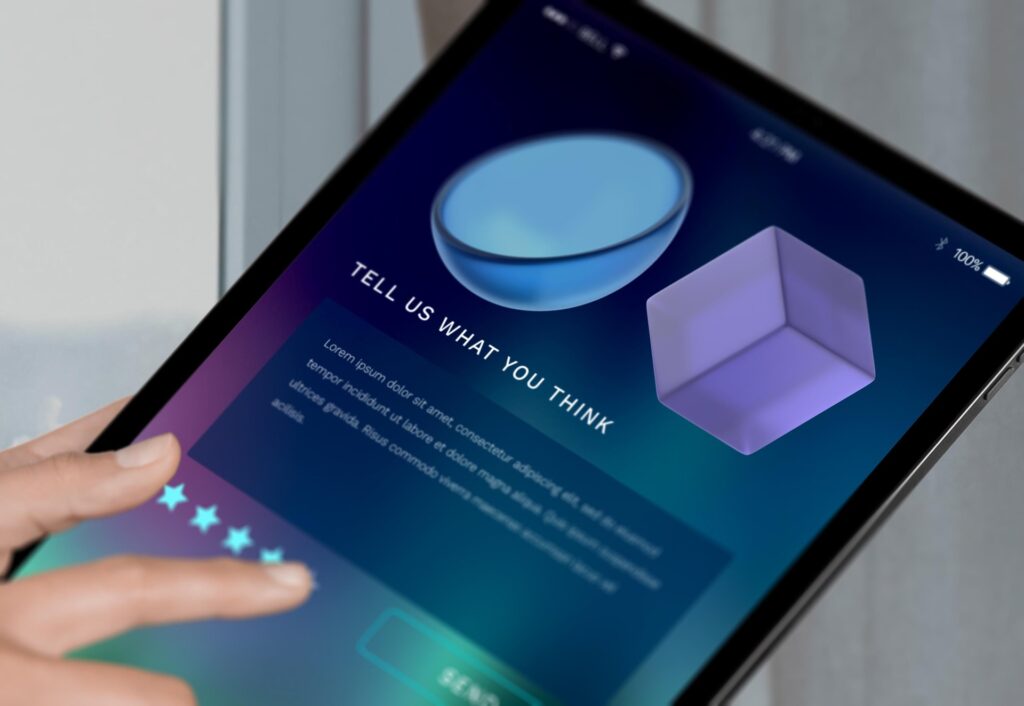What is a user review?
“User reviews” are opinions, ratings, or feedback shared by people (users or customers) who have experienced or used a particular product, service, or content (like a film, book, app, or website).
When was the last time you truly listened to what your customers were saying about your product, beyond the star rating? User reviews are more than just public praise or criticism; they are a goldmine of insights into how your product performs, what users think, and where improvements are needed.
In this article, we’ll unpack 7 hidden things your user reviews can reveal about your product and how you can turn those insights into actionable improvements.
If you’re serious about growth, customer retention, and product-market fit, you’ll want to pay close attention.
1. Unmet Expectations: What Customers Thought They Were Buying
Often, a negative review isn’t about a faulty product—it’s about a gap between what was promised and what was delivered.
Many customers vent frustration because their expectations were shaped by marketing copy, social media ads, or product descriptions that didn’t align with the actual user experience.
Real-World Example
“I thought this app would help me schedule posts automatically, but it only offers reminders. Not what I needed.”

freepik
What This Tells You
- Your marketing may be overpromising or miscommunicating.
- You might be targeting the wrong audience.
- There’s a gap between perceived and actual product functionality.
Why This Matters
When customers feel misled, it erodes trust—not just in the product, but in your brand. This disconnect can result in refunds, high churn rates, and negative word-of-mouth.
Actionable Fixes
- Align product pages, ad copy, and onboarding content with the actual product.
- Create videos or GIFs to visually show what the product does.
- Set realistic expectations by clearly communicating limitations and strengths.
READ THIS: From Scroll to Sale: Mastering Business Communication on Social Media
2. Unexpected Use Cases: How Your Product Is Really Being Used
Your product was built for X, but your users are using it for Y. This happens more often than you’d think, and user reviews are where those use cases emerge organically.
Real-World Example
“I bought this ring light for Zoom meetings, but it works great for product photography too!”
What This Tells You
- There are new use cases you didn’t consider.
- You might be able to tap into new market segments.
- You can tailor future features to align with real-world usage.
Why This Matters
Understanding how your product fits into different scenarios expands your growth potential. You may discover adjacent niches you hadn’t considered.
Actionable Fixes
- Monitor reviews for repeated off-label use cases.
- Highlight these use cases in marketing materials.
- Consider creating add-ons or tailored solutions.
3. Perceived Value vs. Price: Is Your Product Worth It?
Users don’t always talk directly about price, but their overall tone often reveals how they perceive value for money. Even a positive review can suggest a price gap if the tone feels hesitant.
Real-World Example
“It’s decent, but for $50, I expected more durable materials.”
What This Tells You
- Your pricing may need to reflect the perceived quality.
- There could be an opportunity to offer tiered pricing.
- Customers may expect more value at your current price point.
Why This Matters
Even if a product functions perfectly, if the customer doesn’t feel they got their money’s worth, they’re unlikely to buy again.
Actionable Fixes
- Reassess your value proposition.
- Consider bundling or adding bonuses.
- Explore flexible payment options or free trials.
4. User Experience Gaps: The Frustrations Between the Lines
You don’t need a formal UX audit to find problems in your user flow. Customers will point them out in your reviews—often unknowingly.
Real-World Example
“I love the features, but it took me forever to figure out how to connect my account.”
What This Tells You
- Onboarding is confusing.
- The interface might not be intuitive.
- You need better documentation or tutorials.
Why This Matters
Frustration during early use is one of the top reasons users abandon products. A smooth UX can significantly improve retention.
Actionable Fixes
- Track common complaints across reviews.
- Use onboarding checklists, tooltips, and progress bars.
- Create support videos or tutorials addressing specific issues.
5. Feature Prioritization: What Matters to Users
When multiple reviews mention the same feature, either positively or negatively, it’s a strong indicator of its importance.
Real-World Example
“The best thing about this tool is the auto-save function. Total game-changer!”
What This Tells You
- Auto-save is a core feature you should highlight.
- Other features might not be as crucial.
- Your roadmap priorities should be guided by real user value.
Why This Matters
Development is expensive. You want to double down on features that move the needle for users and ignore the ones they don’t care about.
Actionable Fixes
- Categorize feedback by feature.
- Use frequency analysis to rank user mentions.
- Run surveys to validate review insights before scaling.
6. Brand Perception: What People Really Think of You
User reviews often reflect emotional responses—not just about the product, but about you as a brand. Words like “trusted,” “let down,” or “reliable” can signal how your brand is perceived beyond functionality.

Real-World Example
“I’ve always trusted this brand, but this version feels like a letdown.”
Also Read: “Why Data Privacy Is the Key to Brand Loyalty in 2025”
What This Tells You
- Loyalty is fragile and must be consistently earned.
- Brand equity is part of the product experience.
- A single product misstep can harm your overall brand reputation.
Why This Matters
Brand trust influences referrals, repeat purchases, and resistance to price increases. A trusted brand can survive product hiccups better than an unknown one.
Actionable Fixes
- Monitor brand sentiment regularly.
- Use reviews to shape your communication tone.
- Be transparent and proactive when addressing issues.
7. Competitive Positioning: How You Stack Up Against the Competition
Users often compare your product to others they’ve tried, even if you didn’t ask them to. These comparisons are valuable clues about your strengths and weaknesses in the market.
Real-World Example
“I switched from [Competitor X] because it kept crashing. This one is much smoother.”
What This Tells You
- You have an edge in performance.
- You might want to use these insights for positioning and differentiation.
- Customer migration trends can inform your targeting strategy.
Why This Matters
You don’t operate in a vacuum. Knowing where you stand helps you create content and features that directly counter competitor weaknesses.

Actionable Fixes
- Build competitor comparison pages.
- Create campaigns that highlight your advantages.
- Study competitor reviews to anticipate their customers’ frustrations.
How to Systematically Analyze Your User Reviews
If you’re ready to take action, here are some steps you can take to extract deep insights from your reviews:
- Centralize Reviews: Pull reviews from platforms like Trustpilot, Amazon, G2, Google Play, and the App Store into one dashboard.
- Categorize Feedback: Sort reviews by theme: usability, price, features, performance, etc.
- Quantify Mentions: Use text analysis tools to count the frequency of recurring words or themes.
- Tag and Prioritize: Label insights by severity and impact.
- Act and Measure: Make changes, then monitor if review sentiment improves.
Don’t Just Read Reviews—Mine Them for Gold
User reviews are one of the most honest forms of feedback. They are unfiltered, unscripted, and often brutally honest.
While many businesses focus on star ratings or sentiment analysis, the real gold lies in the nuance—the stories, the comparisons, the frustrations, and the delight.
If you want to create a product that evolves with your users, pay attention to these hidden insights. Use them to build better products, refine your messaging, and foster deeper customer trust.
Pro Tip:
Tools like Trustpilot, G2, Canny, and even your own app store or eCommerce reviews can be crawled, categorized, and analyzed for common themes.



1 Comment
Pingback: Why Word of Mouth Is an Evergreen Sales Growth Tactic And 3 Simple Ways to Sustain It - Magic Media